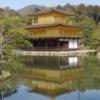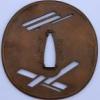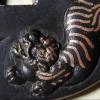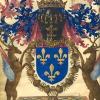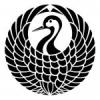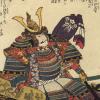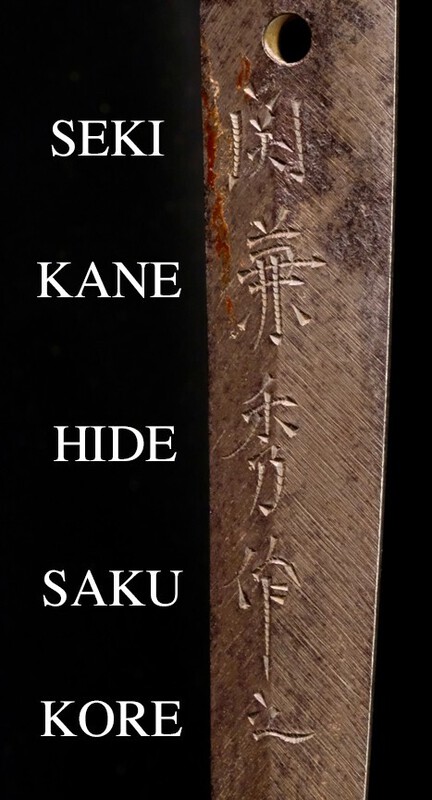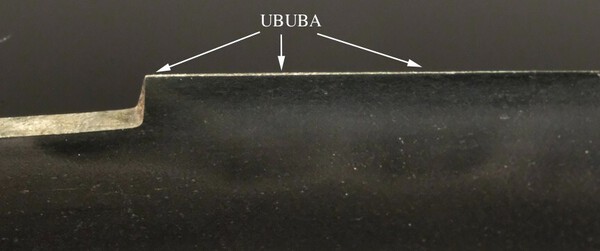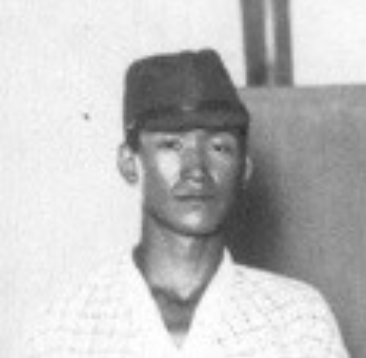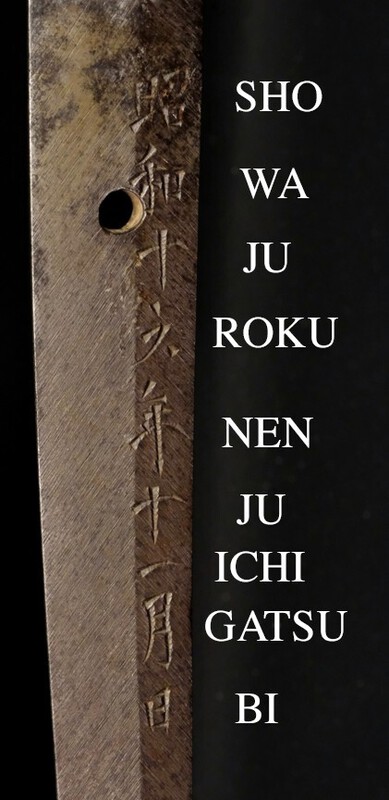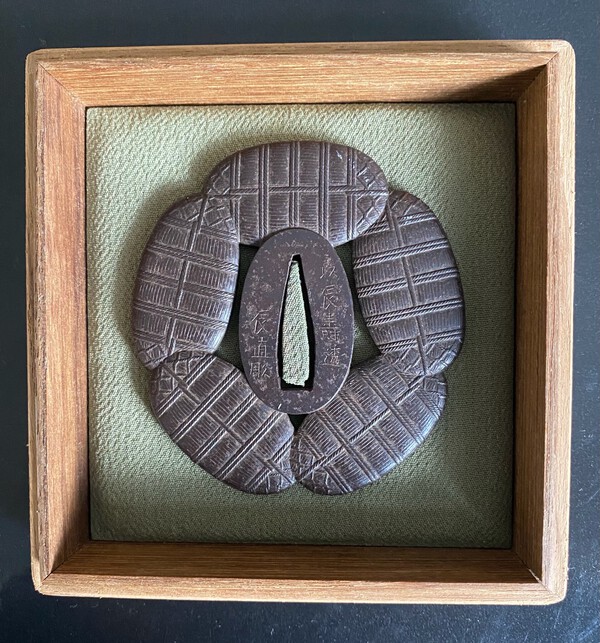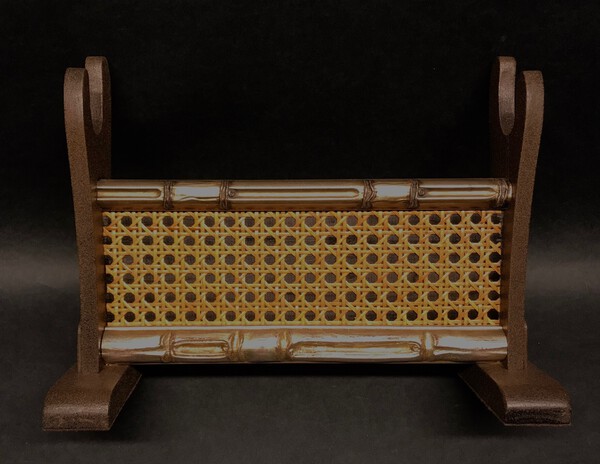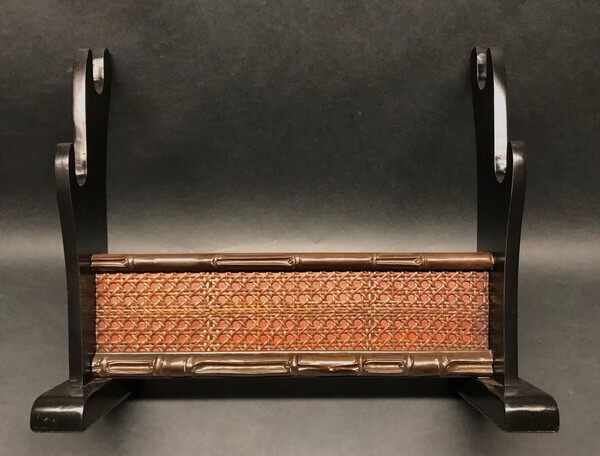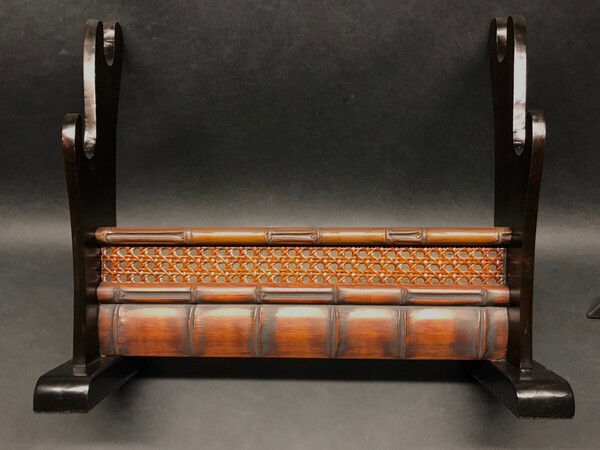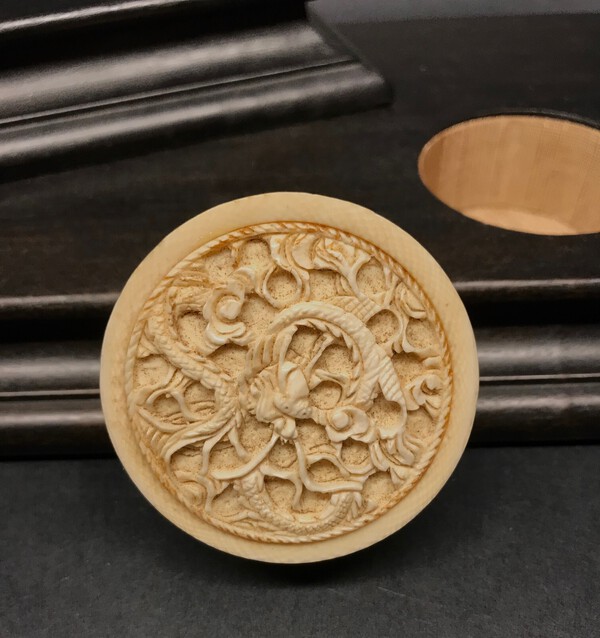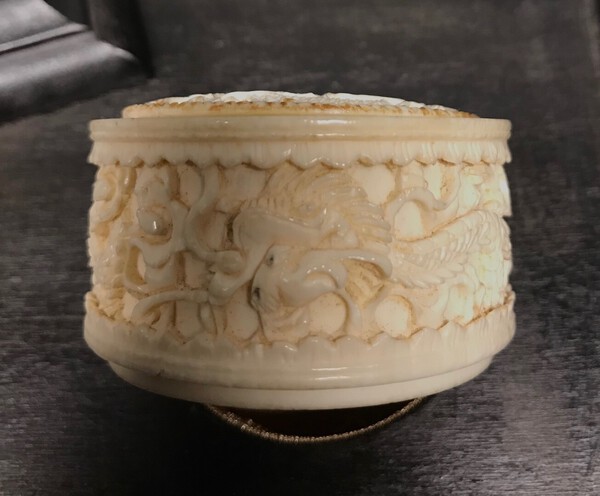-
Posts
1,718 -
Joined
-
Last visited
-
Days Won
33
Ed last won the day on September 26 2023
Ed had the most liked content!
Contact Methods
-
Website URL
http://yakiba.com/
Profile Information
-
Gender
Male
-
Location:
USA
-
Interests
All things Japanese. Outside interests include scuba, knife making, gardening.
Profile Fields
-
Name
Ed
Ed's Achievements
-
Glad it helped.
-
-
KANEHIDE, SEKI INTANGIBLE CULTURAL PROPERTY 2 MILLION YEN SMITH MEI: SEKI KANEHIDE SAKU KORE DATE: SHOWA JU ROKU NEN JU ICHI GATSU BI (NOVEMBER 1943) NAGASA: 26" OVERALL: 34.375" MIHABA: 1.25" KASANE: 0.25" SORI: 0.5” Courtesy of Sesko’s, Swordsmiths A-Z: KANEHIDE (兼秀), Shōwa (昭和, 1926-1989), Gifu – “Nōshū-jū Kanehide” (濃州住兼秀), “Nōshū-jū Kanehide kinsaku” (濃州住兼秀謹作), “Nōshū Seki-jū Kanehide saku” (濃州関住兼秀作), “Nōshū Seki-jū Kanehide kinsaku” (濃州関住兼秀謹作), real name Tanaka Isao (田中), he was born August 24th 1913 in Ōkura (大桑) in Nagano Prefecture, in 1928 he went to Kōchi Prefecture and studied there under Kawashima Masahide (川島正秀), in 1937 he moved to Seki and entered another apprenticeship under Watanabe Kanenaga (渡辺兼永) whereupon he became the head of the coaching section of Kanenaga´s training center Watanabe Kanenaga Nihontō Tanren Juku (渡辺兼永日本刀 鍛錬塾), he retired from this post in 1940 and founded in February 1941 the company Seki Tōken Corp. (関刀剣株式会社), during World War II he worked as a rikugun-jumei-tōshō but after the war he did not continue to forge swords until spring 1954. He received the title of intangible cultural property of Gifu prefecture and died in 1989 at the age of 75. References: Hawley’s pg. 165 (KAN 850) Toko Taikan TK-122 Gendaito Meikan pg. 81 Sesko’s pg. 204
-
Yoshimune was an excellent smith and rated at 2 million Yen. He only made High to Superior Grade Gendaito. As with many swords from the Shinshinto period forward, the hada is a tight ko-itame or muji. Neil's sword is pictured on page 199 of Slough's. It is the one on the right with the Hachiman Daibosatsu inscription. The one on the left next to it is excellent as well.
-
Are any of these for sale?
-
The older or more rare the sword the more lenient they may be. You need to posts good high resolution closeups, which are in focus. It is difficult to give an opinion on a verbal description only. Seeing photos will give people here something to base an opinion on and while not a guarantee, it may help you in your decision to send it or not. Additionally, I would point out that it is difficult to say what a shinsa team will decide. It could pass this time, and fail next time.
-
The sword is signed Bungo Ju Yukinaga. My guess is gimei, it is poorly cut and I think you will find it doesn't match any known good oshigata. The blade condition is what I would call poor to fair and the koshirae is mediocre at best. I can't remember what the tsuba motif represents right off, but I imagine someone will provide you with that.
-
Good thing you passed on it if you had any thought of it being Yasutsugu. Absolutely gimei.
-
-
-
Got my ass in gear and corrected that.
-
Confucius Ed says, to assess the sword, one must see the sword.
-

Surrender tag and mei on a possible nagamaki
Ed replied to Shuriken's topic in Translation Assistance
It seems to me you were thinking of Naginata Naoshi opposed to Nagamaki. True Nagamaki are quite rare. I see no evidence of this being either. More likely a Shinshinto katana / tachi with O-Kissaki. Yours is in Gunto Tachi mounts. It seems he is one of those smiths, like Tadayoshi, who signed tachi mei. The examples posted by Jussi are mounted as katana, yet signed Tachi mei. Not positive, but likely that enryu is just another "go" or a condensed variation of enryushi. Oddly enough, I could not find a listing of Enryushi using the characters Jan and Jussi provided (延竜子). There are many variations of the spelling/pronunciation used in "go" such as: Tenryushi 天龍子 Kenryushi 見龍子 Genryushi 現龍子 Enryoshi 延陵子 Senryushi 渕龍子 Endoji 渕童子 Enryushi 渕龍子 Enryushi 淵龍子 Enryushi 円龍子






